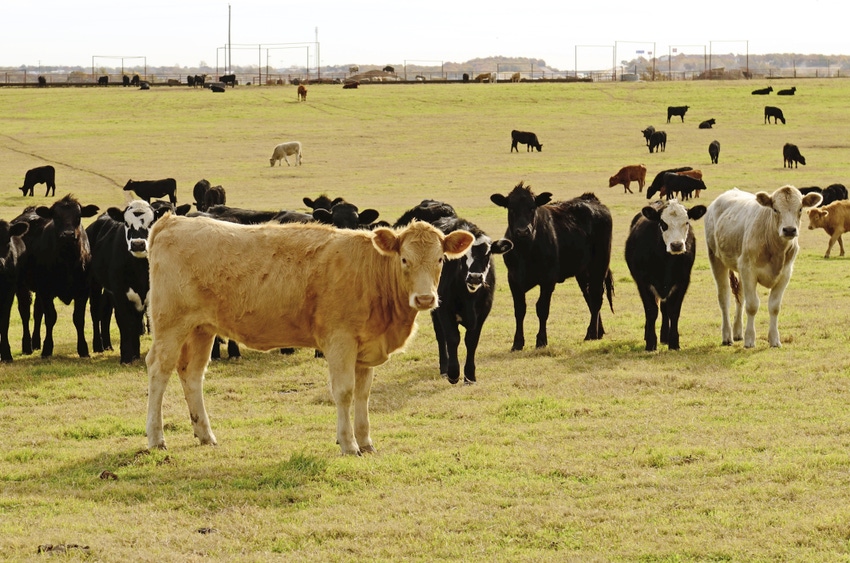Bovine practitioner group encourages producers and veterinarians using raised-without-antibiotics programs to always consider health and welfare of cattle.
March 27, 2018

Raised-without-antibiotics (RWA) programs for cattle production have become increasingly popular with consumers, but when an animal in one of these programs needs antibiotic treatment for an illness or injury, they typically cannot stay in this type of marketing program, according to an announcement from the American Association of Bovine Practitioners (AABP).
“As this segment of the cattle industry develops, producers and processors have looked to the bovine veterinary community for guidance on structuring these programs to both meet the needs of consumers as well as the cattle in our care,” said Dr. Brandon Treichler, chair of an AABP task force that addressed RWA programs from a cattle care standpoint.
The task force was formed to determine the need for AABP to have a position statement on what animal care and health factors are critical components of programs that raise cattle without antibiotics and make recommendations on what would constitute planning for and providing care for ill or injured animals in RWA programs, as is done for cattle raised in conventional systems, AABP said.
“Animal welfare is one of our primary obligations as veterinarians,” AABP president Dr. Mike Apley said. “We are not making any kind of statement as to the acceptability of these programs but, rather, how veterinarians can best work with producers in RWA programs to ensure animal welfare is at the forefront. Supporting our clients in the husbandry of their animals is very important to us.”
The three major tenets of AABP's RWA position statement are:
1. Within the context of a written veterinarian/client/patient relationship (VCPR), there must be documented strategies in place that allow for responsible use of antibiotics when needed.
2. Responsible RWA programs should recognize that some cattle will still develop diseases or sustain injuries that require antibiotic treatment.
3. Responsible RWA programs must also include alternative marketing plans for those animals that do require antibiotic treatment.
“The entire cattle industry is committed to the care of the animals in our care, and this position statement can serve as a framework to help producers achieve that level of care," Treichler said.
The task force identified that having a veterinarian integrally involved in RWA programs to guide diagnosis and treatment decisions is important. “Developing programs to emphasize disease prevention and to guide the decisions when the switch to conventional antibiotic therapies is in the best interests of the animal is also important,” Treichler said.
Apley added, “We are committed to animal welfare in all types of systems; the unique situation in the case of RWA programs is that antibiotics are not an available tool if the animal is to stay in the program, which requires some different approaches in how producers and veterinarians plan for and respond to disease challenges.”
The RWA position statement can be found at http://aabp.org/Resources/AABP_Guidelines/AABPrwaPSfinal.pdf and is available both to members and the public. Additional AABP guidelines and position statements can be found at www.aabp.org under the Home tab. Guidelines and position statements are reviewed one and three years after approval for updating, as needed.
AABP is a membership-based, not-for-profit organization serving more than 5,000 cattle veterinary medicine professionals across the U.S., Canada and other countries.
You May Also Like

.png?width=300&auto=webp&quality=80&disable=upscale)

